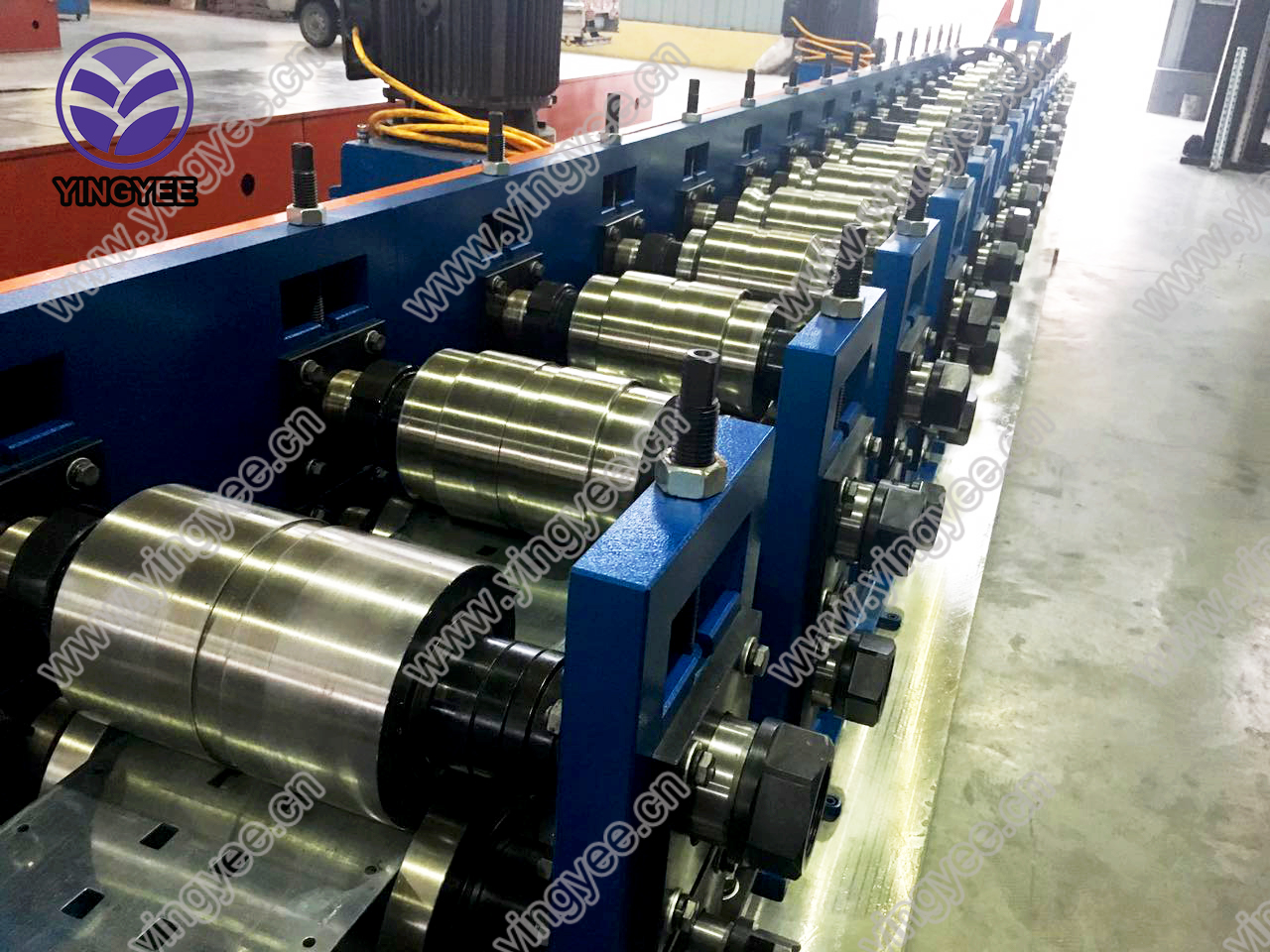
Automatic T Ceiling Production Line Revolutionizing the Manufacturing Process
In the modern manufacturing landscape, efficiency and precision are paramount. The production processes of various industries are rapidly evolving thanks to advancements in automation technology. One notable innovation is the automatic T ceiling production line, which has transformed traditional ceiling manufacturing into a highly efficient, cost-effective, and flexible operation.
Understanding T Ceilings
T ceilings, also known as suspended ceilings or drop ceilings, consist of a grid system that supports various types of ceiling tiles. These ceilings are not only aesthetically pleasing but also functional, allowing for easy installation of lighting fixtures, ventilation systems, and other utilities. With the growing demand for customizable office spaces, retail outlets, and public buildings, the production of T ceilings has become increasingly important.
What is an Automatic T Ceiling Production Line?
An automatic T ceiling production line is a comprehensive system designed to automate the processes involved in the manufacturing of T ceilings. This line typically includes several components such as cutting machines, forming machines, welding stations, and packaging units, all integrated into a seamless workflow. By adopting automation, manufacturers can achieve high throughput, consistent quality, and reduced labor costs.
Key Advantages of Automatic T Ceiling Production Lines
1. Enhanced Productivity Automatic production lines operate with minimal human intervention, which significantly speeds up the manufacturing process. Machines can run continuously, leading to a considerable increase in production output compared to manual methods.
2. Precision and Consistency Automation eliminates the variability that comes with manual labor. Automated systems can achieve precise dimensions and tolerances, ensuring that every product meets the required specifications. This consistency in quality reduces waste and rework, ultimately benefiting the bottom line.
3. Cost Efficiency While the initial investment in automated machinery may be significant, the long-term savings are substantial. Reduced labor costs, lower material wastage, and increased production capacity lead to improved profitability over time.

4. Flexible Production Capabilities Modern automatic T ceiling production lines often feature advanced software and control systems that allow manufacturers to quickly adapt to changing market demands. Whether it’s a shift in design or changes in material specifications, these lines can be reconfigured with minimal downtime.
5. Improved Safety By automating hazardous processes, manufacturers can significantly reduce the risk of workplace accidents. Machines can handle tasks that are dangerous for human workers, creating a safer work environment.
Implementation Considerations
While the benefits are compelling, implementing an automatic T ceiling production line requires careful planning. Companies must evaluate their production requirements, budget constraints, and workforce capabilities. Selection of the right machinery is crucial, as it should align with the specific needs of the production process and anticipated future demands.
Training for current staff is also essential to ensure smooth operation and maintenance of the new equipment. Integration of new technologies often comes with a learning curve, and establishing a robust training program can mitigate potential disruptions.
Future Trends
The automatic T ceiling production line is poised for further advancements driven by emerging technologies. Integration with Industry 4.0 concepts, such as IoT (Internet of Things) and AI (Artificial Intelligence), is expected to enhance monitoring and predictive maintenance capabilities. Smart systems will enable manufacturers to analyze performance data in real-time, optimizing production and minimizing downtime.
Moreover, as sustainability becomes a priority in manufacturing, automatic production lines will need to adapt to more eco-friendly materials and processes. Innovations in recycling and energy efficiency are likely to play significant roles in shaping the future of T ceiling manufacturing.
Conclusion
The automatic T ceiling production line represents a significant step forward in the manufacturing industry, providing solutions to meet the demands of a dynamic market. With its numerous advantages in productivity, precision, cost-efficiency, and safety, it is clear that automation is not just a trend but a vital component of successful manufacturing operations. As technology continues to advance, those who invest in automatic production capabilities will be well-positioned to thrive in an increasingly competitive environment.